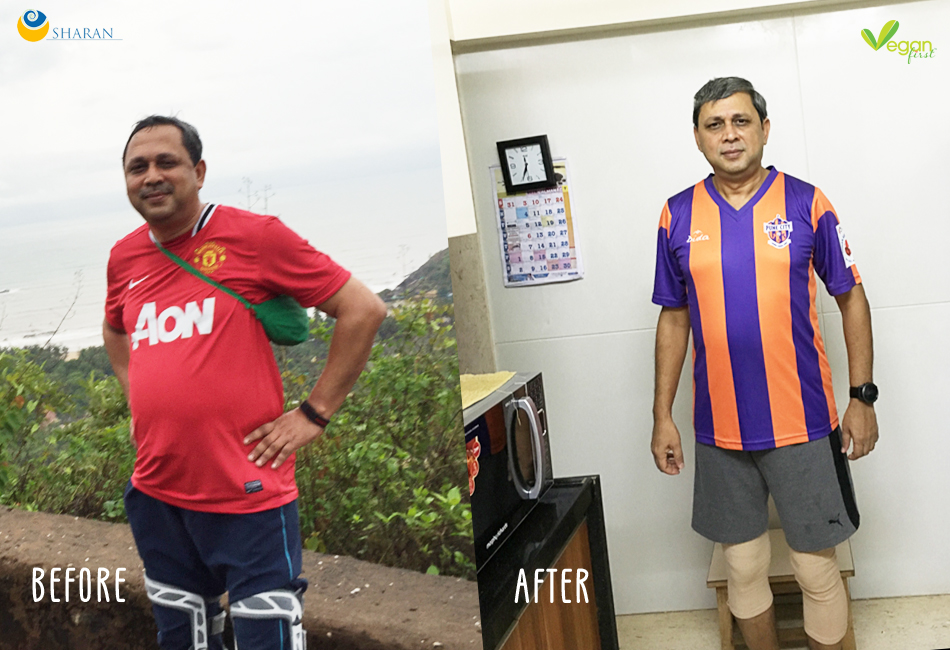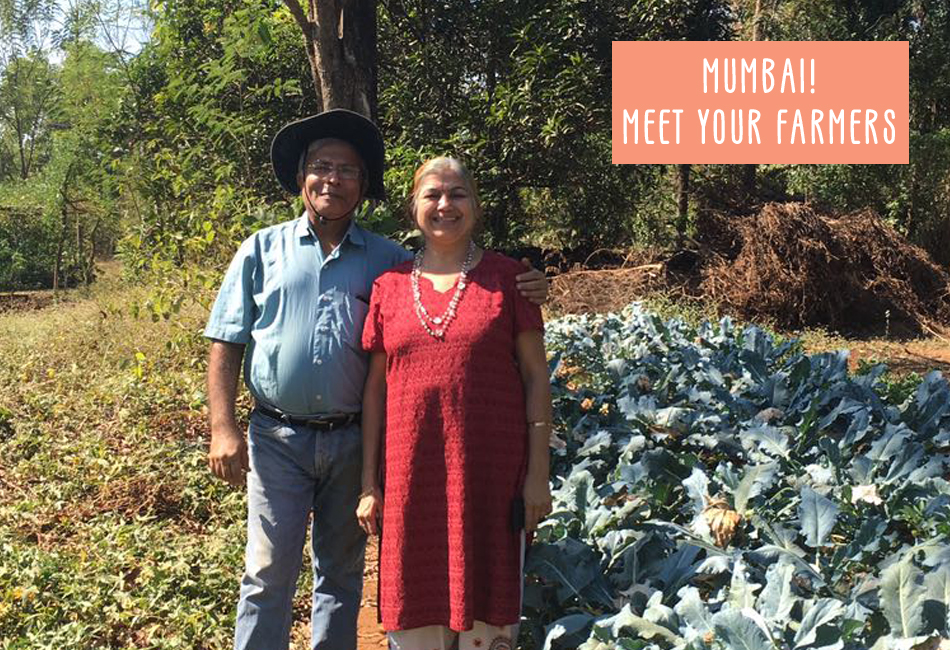Download Free Vegan Starter Kit -
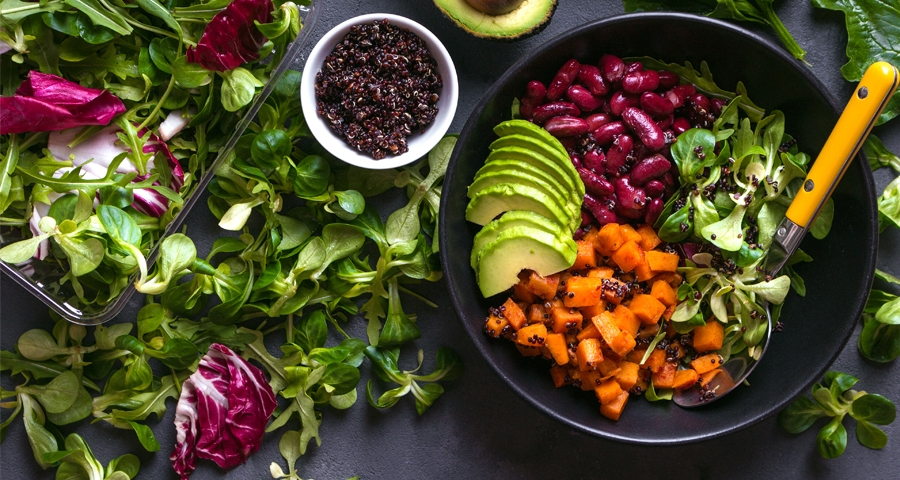
Chuck The Chia And Move On To Desi Sabja! Indian Superfoods To Stock Up On
We all know that we should incorporate more superfoods into our diet. They run the gamut of benefits, from being nutrient-dense to high in fibre. But they can also cost a pretty penny at the grocery store. Quinoa pilaf and avocado smoothie bowls with a sprinkling of chia seeds? Great for your health, but not so great on your pocket.
Imported foods that are not native to our country will always cost more – they’ve travelled halfway around the world to make it to your plate! Instead, opt for desi superfoods – the stuff our mothers and grandmothers have been eating for generations.
The Case For Eating Closer To Home
Eating foods that are native to a country or region is always a better choice. For one, they are in season and at the height of their goodness – they’re fresher and taste better, and nutritionally, at their peak. They also have a lesser environmental impact. Do you realize how much fuel is burnt when crates of fruits and vegetables are shipped in from faraway places like the US? There’s a reason why those Granny Smith apples cost so much! By eating local, you are reducing your carbon footprint and supporting your local farmers.
So with the local flavour in mind, here are 10 desi superfoods you should add to your diet.
Amla (Instead Of Acai)
Acai berries may be adorning every second smoothie bowl you see on Instagram, but the humble Indian gooseberry can give it a run for its money! Touted as an antioxidant powerhouse, it has a host of other benefits – it’s anti-inflammatory, rich in fibre, and helps in weight loss (because it boosts metabolism and aids in faster digestion). Amla is great on its own with a little bit of salt. You can also use it in sabzi, or make chutney and murabba. You can also chop it finely and and add it to cooked rice (along with some raw mango and spices) to make nellikai chitranna, a flavourful rice dish from Karnataka.
Moringa Powder (Instead Of Matcha Powder)
The Japanese wonder powder sure does make all those foamy lattes look pretty, with a pastel green hue. But Indian moringa powder is just as green, and even better for you! The powdered leaf of the drumstick plant, this powerful powder is known to have a host of health benefits, from boosting breast milk production to improving digestive function. Chock-full of nutrients (including vitamin A, vitamin B complex, vitamin C, potassium, calcium and iron), this one beats matcha all the way. Moringa powder can be added to smoothies and brewed as tea. You can also use fresh moringa leaves in a variety of preparations, such as moringa leaf dal, clear soup, moringa thoran (a dry sabzi made using coconut) and even in paranthas!
Millets (Instead Of Quinoa)
Ragi or finger millet is a gluten-free cereal that has been intrinsic to South Indian diets for ages and serves as a nutrient-dense alternative to the Aztec quinoa. A fibre-rich carbohydrate, ragi is really versatile too – from porridge to dosas to rotis and pizza bases, it can be used in a variety of preparations. It is also an excellent source of calcium, amino acids and Vitamin D. Millets also happen to be better for the environment since they aren’t as water intensive as other grains. There are plenty of ways to prepare millets - millet poha, vegan patties with cooked millets, potatoes and veggies, millet kheer for a sweet treat, millet porridge and even a savoury millet breakfast bowl.
Sabja (Instead Of Chia Seeds)
They look similar to chia, and plump up just like them, too. Also known as Indian Basil seeds, sabja is used in falooda and other drinks for its cooling properties. They are also a good source of vitamins, iron and antioxidants; are gut-friendly (they help relieve constipation and bloating) and help control your blood sugar levels. But remember – sabja seeds, unlike chia seeds, cannot be consumed raw, they need to be soaked in water or liquid. Sabja is a great stand-in for chia in smoothies and smoothie bowls. It’s also great in juices and lemonades since it keeps the body cool. You can also try adding it to vegan omelettes in place of chia seeds.
Beet Greens (Instead Of Kale)
Very often, the beets we find at grocery shops have the leaves chopped off. But that’s such a pity, because not only are beet greens edible, they are also really, really good for you! Beet greens are rich in vitamin C, vitamin A, vitamin K as well as a host of minerals: copper, manganese, iron and calcium. And they’re packed with antioxidants. They’re pretty popular down south, prepared with grated coconut as a dry dish or as a curry. Beetroot avial is a popular dish in Kerala and uses both the leaves and stalks of the plant. You can also make sabzi (try cooking it with sooji to make beetroot ni bhaji nu shaak), soup and salad, or add it to your morning smoothies.
Shatavari (Instead Of Maca Powder)
Maca powder – and that’s not a misspelling of matcha, but the powdered form of a South American root – has become a very popular superfood of late. But we’ve got an Indian alternative that works even better: shatavari or wild Indian asparagus. Shatavari powder is often prescribed to new mothers since it boosts breastmilk production. But the benefits of this herb extend beyond that. It improves immunity, aids in digestion and helps relieve diarrhoea and heartburn, and even has antidepressant properties. It can be consumed in capsule or powdered form. Heat your favourite plant-based milk and add shatavari powder and turmeric for a warming drink before bed.
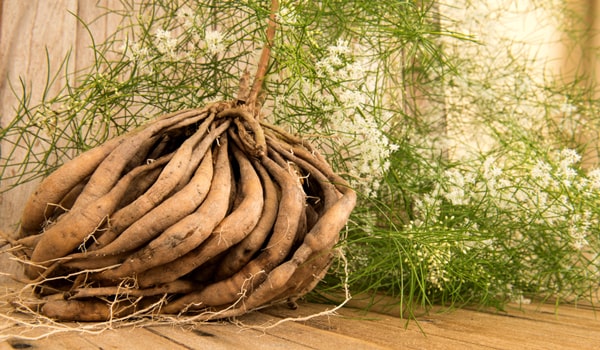
Buckwheat (Instead Of Steel Cut Oats)
A popular fasting food in India, kuttu or buckwheat is a gluten-free seed that is related to rhubarb and sorrel, and has no connection to regular wheat whatsoever! Triangular in shape and pale greenish in colour, buckwheat can be used in the whole form or powdered into flour (kuttu ka aata), and is pretty versatile, from roasted kernels (kasha) used in Europe to Japanese soba noodles made from buckwheat flour. They are a nutritional powerhouse: protein-rich, high in minerals like zinc, copper and manganese, rich in soluble fibre, and high in essential amino acids lysine and arginine. Buckwheat groats are a healthy, grain-free stand-in for steel cut oats. Instead of buying imported Irish steel cut oats, make a warm bowl of buckwheat porridge sweetened with jaggery! Buckwheat flour can be used to make rotis, puris and paranthas, and you can use soba noodles the way you’d use regular noodles!
Makhana (Instead Of Popcorn)
Plain salted popcorn – not the greasy, movie theatre kind – is a great snack, and healthy too. It has many great properties: it’s a whole grain, rich in fibre and antioxidants called polyphenols. But foxnuts (makhana) are even better! Foxnuts are basically popped lotus seeds, and they’re taking Indian market by storm – look on any grocery store shelf and you’re bound to find packets of makhana, with flavours like peri peri and masala. Makhana is the ideal healthy snack: rich in protein, fibre and minerals (potassium, zinc, iron and magnesium) and low in sodium and fat. Saute with olive oil and some seasoning for a popcorn replacement. Or go the sweet route and make some makhane ki kheer with your favourite plant milk! Makhane ki sabzi is also a popular dish during Navratra fasting, but works any time of year.
Pomelo (Instead Of Grapefruit)
Grapefruit is beautiful, no doubt. But why spend a bomb on the imported variety when you can enjoy something that’s just as tart and delicious? Pomelo, the largest citrus fruit, is native to India and has some really great health benefits. It’s rich in vitamin C, has high amounts of beta-carotene and folic acid, and also contains Vitamin A, B1, B2 and C, along with a healthy dose of fibre. Pomelo tastes best raw, but is also a versatile salad ingredient. It can also be juiced.
Jamun (Instead Of Blueberries)
Blueberries are rich in antioxidants, no doubt – but they are also overpriced and not indigenous to our country. Replace blueberries with jamun! They give the same purplish colour to smoothies and shakes, and are tart and sweet. They are more economical and easier to come by, and have a host of benefits: it’s a great immunity booster, and contains healthy quantities of vitamin C and minerals like calcium, potassium and iron. Enjoy jamun on its own with a little salt, or remove the pits and add it into your smoothies for a beautiful purple-hued drink.
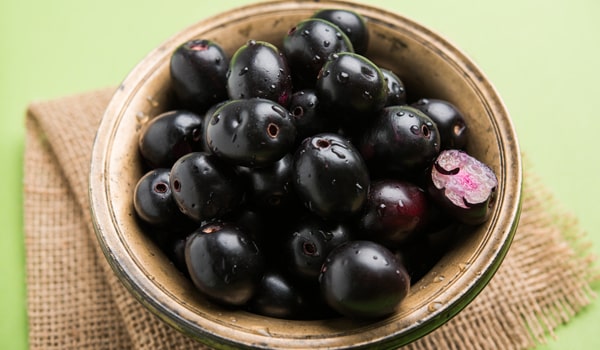
Now you know what to add to your basket when you head to the sabzi mandi! Choose desi, eat local, grow local, be sustainable and embrace the variety of Indian superfoods!
Like this?
Read: Q & A: What is the Difference Between Chia Seeds and Sabja?
Read more: Sweet Potato & Coconut Milk Gulab Jamun
AUTHOR

trending
2.png)
Be a Vegan First Informer
Send us buzzworthy news and updates
Explore
Contact Us
About Us
Stay Connected
Copyright ⓒ 2017-2023. VEGAN PASSION PRIVATE LIMITED. All Rights reserved.
For more information, please write to hello@veganfirst.com
Registered Office Address: 55, 2nd floor, lane 2, Westend Marg, Saidullajab, Near Saket Metro Station, New Delhi, Gadaipur, New Delhi South West Delhi, DL

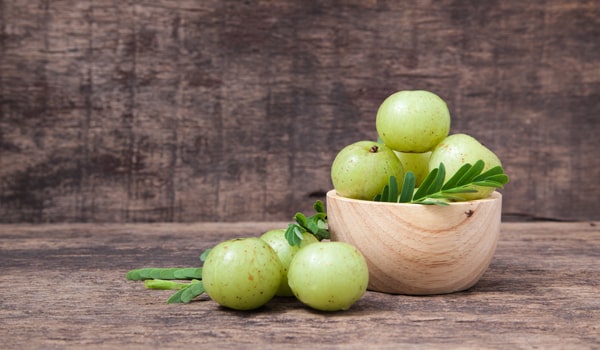
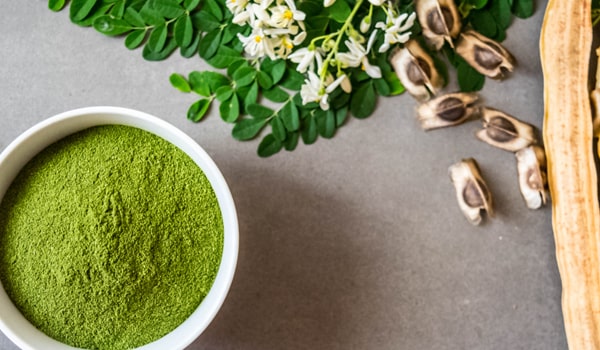
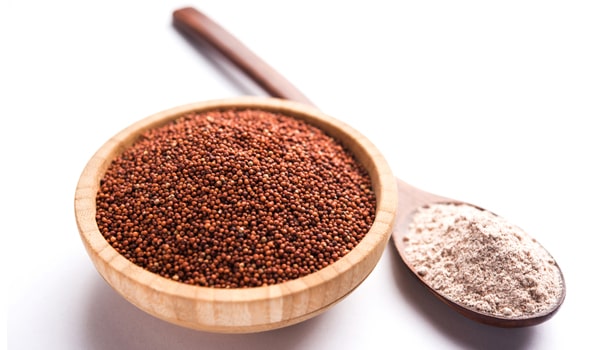
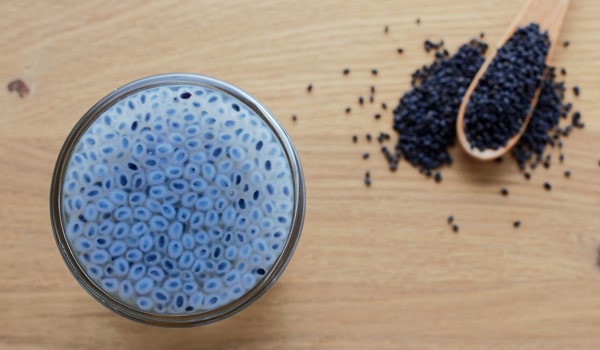
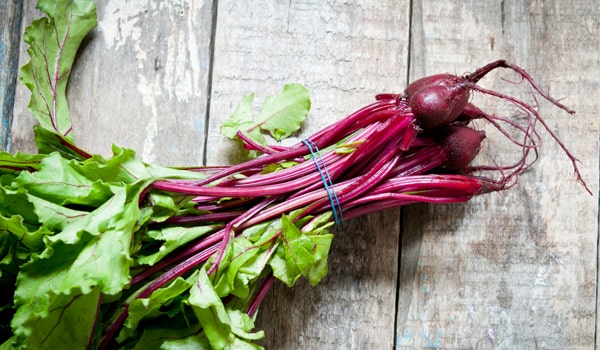
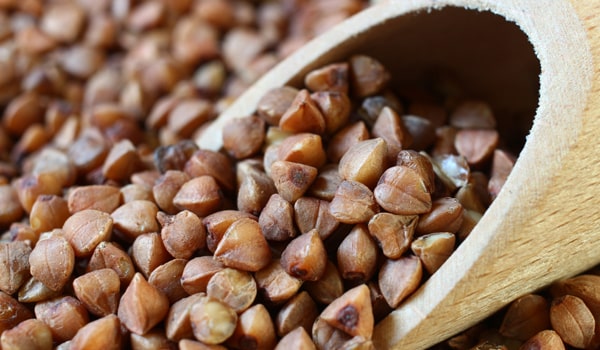
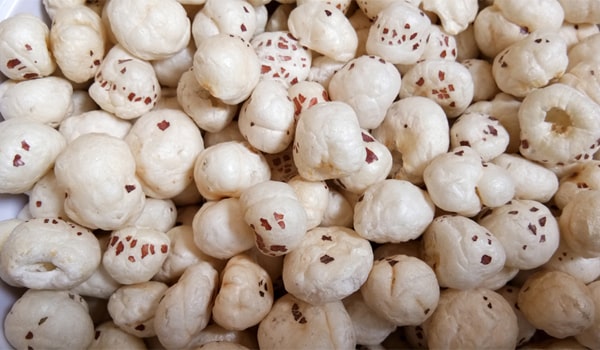
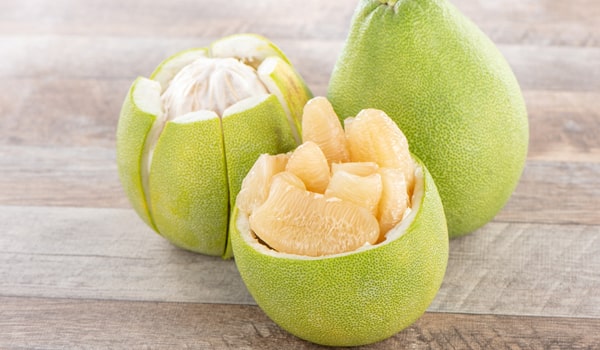
2.png)

.png)

.png)
2.png)
2.png)


1.png)






